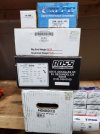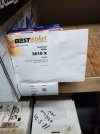hrlykngt
Well Known Member
Have a block that had ARP Main Bolts added to it before I got, looks to have been line honed also. What would be the correct Torque for the mains with these bolts? 100 ft lbs? I have no idea what it was torqued to, machine work was done by Lamar Walden in 2009. Fellow I bought the motor from passed away and motor has sat till I bought a couple of weeks ago, I talked to Rob Walden, he said he only had his dad’s records back to around 2012.
Also how would you check if timing chain was still correct after line honing? I assume it would be real loose , but how much is acceptable? As I said, I dont believe block was cut much maybe just cleaned up after studs were added, not sure how I could even check.
Thanks Harley
Also how would you check if timing chain was still correct after line honing? I assume it would be real loose , but how much is acceptable? As I said, I dont believe block was cut much maybe just cleaned up after studs were added, not sure how I could even check.
Thanks Harley
Last edited:

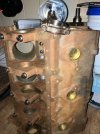
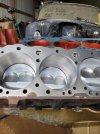
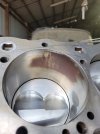
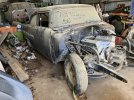
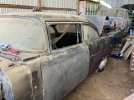
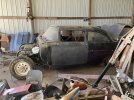
![20240221_120715[1].jpg](/forum/data/attachments/139/139222-2f81a7d1a5eca94eb07f83909841c284.jpg)
![20240221_130134[1].jpg](/forum/data/attachments/139/139224-69550366c56c0197e4793c4f70256de2.jpg)
![20240221_120731[1].jpg](/forum/data/attachments/139/139225-4b486c2669bd91a5d354246c62f868c8.jpg)
